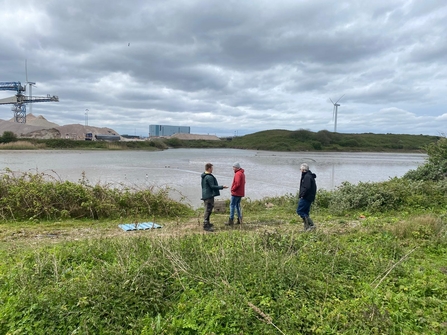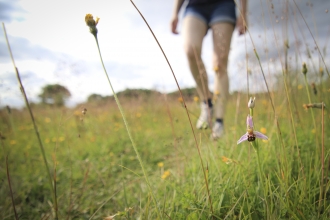Seaforth in the 1990's: A delicate balance
Seaforth has long been one of the Trust’s most vital coastal sites, a haven for migrating and breeding birds on the busy Merseyside coast. Back in 1997, the focus was on the management of the site's freshwater lagoon — the only substantial body of freshwater on that stretch of coastline. However, maintaining its delicate balance was no easy task.
Changes in salinity levels, triggered by flooding and fluctuating seawater incursions, had led to major impacts on the site's ecology. Chironomid midges, a key food source for birds like the little gull, had dramatically declined. Algal blooms dominated the freshwater pool, creating knock-on effects for the wider ecosystem. Staff and volunteers worked hard to reverse these trends, carefully monitoring water quality and biodiversity in hopes of restoring the reserve's natural rhythms.
The 1997 article captures the sense of cautious optimism at the time: early signs of improvement, a return of the vital invertebrates, and a growing hope that little gull numbers would bounce back. It was a reminder that patient, careful management could make all the difference — even in the face of unpredictable coastal conditions.









